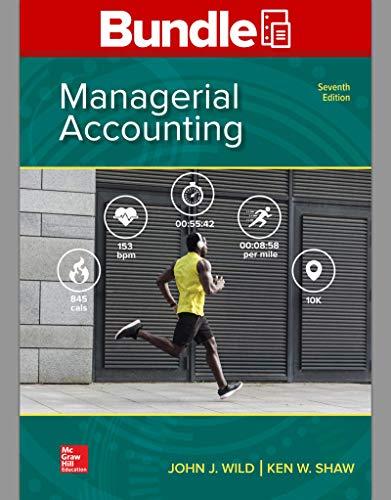
Concept explainers
T-Accounts: An account is a unique record of increases or decreases in any asset, liability, equity, revenues or expenses. T-accounts are drawn to resemble a T-shape with debit on the left and credit on the right. Assets and expenses have normally debit balances and liability, equity and revenue accounts have normally credit balance.
To prepare:
the T-accounts for the given transaction.
T-Accounts: An account is a unique record of increases or decreases in any asset, liability, equity, revenues or expenses. T-accounts are drawn to resemble a T-shape with debit on the left and credit on the right. Assets and expenses have normally debit balances and liability, equity and revenue accounts have normally credit balance.
Trial Balance: The trial balance is prepared after all the transactions have been posted to the general ledger. The trial balance shows the list of all accounts shown separately in debit and credit balances and the total of all debits should be equal to the total of all credits.
To prepare:
Trial Balance of given company.
Want to see the full answer?
Check out a sample textbook solution
Chapter D Solutions
Managerial Accounting + Connect Access Card
- HELParrow_forwardPinnacle Products has provided the following information for the current year: Units produced Sale price Direct materials Direct labor Variable manufacturing overhead Fixed manufacturing overhead Variable selling and administrative costs Fixed selling and administrative costs 4,800 units $180 per unit $45 per unit $38 per unit $17 per unit $288,000 per year $22 per unit $168,000 per year Calculate the unit product cost using absorption costing. A. $100 B. $160 C. $122 D. $182arrow_forwardSolve this Accounting Problemarrow_forward
- Department B had 18,000 units in work in process that were 70% completed as to labor and overhead at the beginning of the period; 52,400 units of direct materials were added during the period; 49,500 units were completed during the period, and 13,200 units were 75% completed as to labor and overhead at the end of the period. All materials are added at the beginning of the process. The first-in, first-out method is used to cost inventories. The number of equivalent units of production for conversion costs for the period was ____ Units. (Use FIFO method)arrow_forwardThe Dortmund Company uses the weighted-average method in its process costing system. The company's ending work in process inventory consists of 18,500 units. The ending work in process inventory is 100% complete with respect to materials and 60% complete with respect to labor and overhead. If the costs per equivalent unit for the period are $5.20 for materials and $4.10 for labor and overhead, what would be the balance of the ending work in process inventory account? (Do not round cost per equivalent unit) A. $142,265 B. $96,200 C. $141,710 D. $106,745 step by step answerarrow_forwardHow do you calculate the gross profit of a company?arrow_forward
- The Dortmund Company uses the weighted-average method in its process costing system. The company's ending work in process inventory consists of 18,500 units. The ending work in process inventory is 100% complete with respect to materials and 60% complete with respect to labor and overhead. If the costs per equivalent unit for the period are $5.20 for materials and $4.10 for labor and overhead, what would be the balance of the ending work in process inventory account? (Do not round cost per equivalent unit) A. $142,265 B. $96,200 C. $141,710 D. $106,745arrow_forwardNeed Answerarrow_forwardWhat is the labor rate variance?arrow_forward
 Financial AccountingAccountingISBN:9781337272124Author:Carl Warren, James M. Reeve, Jonathan DuchacPublisher:Cengage Learning
Financial AccountingAccountingISBN:9781337272124Author:Carl Warren, James M. Reeve, Jonathan DuchacPublisher:Cengage Learning Excel Applications for Accounting PrinciplesAccountingISBN:9781111581565Author:Gaylord N. SmithPublisher:Cengage LearningPrinciples of Accounting Volume 1AccountingISBN:9781947172685Author:OpenStaxPublisher:OpenStax College
Excel Applications for Accounting PrinciplesAccountingISBN:9781111581565Author:Gaylord N. SmithPublisher:Cengage LearningPrinciples of Accounting Volume 1AccountingISBN:9781947172685Author:OpenStaxPublisher:OpenStax College College Accounting (Book Only): A Career ApproachAccountingISBN:9781337280570Author:Scott, Cathy J.Publisher:South-Western College Pub
College Accounting (Book Only): A Career ApproachAccountingISBN:9781337280570Author:Scott, Cathy J.Publisher:South-Western College Pub Financial AccountingAccountingISBN:9781305088436Author:Carl Warren, Jim Reeve, Jonathan DuchacPublisher:Cengage Learning
Financial AccountingAccountingISBN:9781305088436Author:Carl Warren, Jim Reeve, Jonathan DuchacPublisher:Cengage Learning





